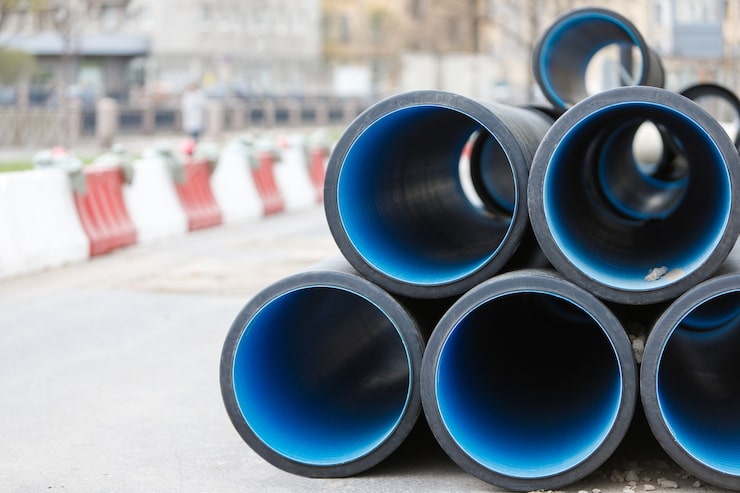When comparing materials for packaging, insulation, signage, or construction applications, a common question arises: Is PVC foam the same as PE foam? Although these two materials may appear similar in some contexts, they are fundamentally different in terms of chemical composition, physical properties, and ideal applications. Understanding these differences is essential for professionals, manufacturers, and end users who want to choose the right material for their specific needs.

1. Understanding the Basics
PVC foam, short for Polyvinyl Chloride foam, is a rigid or semi-rigid material created by introducing gas into PVC during the manufacturing process to produce a lightweight, closed-cell structure. It is often used in sheet form and is known for its strength, weather resistance, and smooth surface finish.
On the other hand, PE foam, or Polyethylene foam, is a flexible, resilient, and closed-cell foam made from polyethylene resins. It is lightweight and soft, yet durable, offering excellent cushioning and shock absorption. PE foam is commonly used for protective packaging, thermal insulation, and impact absorption.
So, PVC foam and PE foam are not the same, and choosing between them requires an understanding of their respective strengths and weaknesses.
2. Material Composition
One of the most significant distinctions lies in their chemical composition.
PVC foam is made from polyvinyl chloride, a type of plastic that includes chlorine in its structure. This makes it naturally flame-retardant and resistant to many chemicals and environmental factors.
PE foam, by contrast, is made from polyethylene, a simpler hydrocarbon-based polymer. It is non-toxic, flexible, and highly resistant to moisture and chemicals, but it is more flammable than PVC.
Because of these differences, PVC foam is often preferred in environments where fire safety or chemical resistance is a concern, while PE foam is better suited for applications requiring flexibility and cushioning.
3. Physical Characteristics
The physical properties of each foam type also highlight key differences.
PVC foam is generally stiffer and more rigid. It has a smooth surface that makes it ideal for printing, cutting, and structural use. It holds its shape well and is less compressible.
PE foam is softer, more flexible, and compressible. It can bounce back from impacts and is often used in shock-absorption scenarios, such as packaging fragile items or padding in sports equipment.
This means that PVC foam is suitable for signage, displays, and construction, whereas PE foam is more appropriate for cushioning and insulation.
4. Common Applications
Another way to distinguish these materials is by their use cases:
PVC Foam Applications:
Indoor and outdoor signage
Construction panels and decorative boards
Boat interiors and marine cabinetry
Furniture backing boards
Display boards in exhibitions and retail
PE Foam Applications:
Protective packaging for electronics and glassware
Thermal insulation in buildings and piping
Sports equipment padding
Automotive parts for vibration control
Medical and orthopedic supports
It is clear that although both materials are versatile, they serve distinctly different industries and functions.
5. Durability and Environmental Resistance
When it comes to environmental resistance, both foams have unique advantages.
PVC foam is more UV-stable and weather-resistant, making it suitable for prolonged outdoor use. It is also more resistant to chemicals and has a longer service life in harsh environments.
PE foam excels in moisture resistance and maintains flexibility in a wide range of temperatures. However, it can degrade faster under UV exposure if not treated.
For long-term outdoor applications, PVC foam is the better option, while for indoor packaging or cushioning, PE foam performs exceptionally well.
6. Fabrication and Cost Considerations
Fabrication methods for both foams also vary:
PVC foam sheets are easily cut, routed, and bonded, making them user-friendly for sign makers, contractors, and designers. However, due to its added chemical treatments, PVC foam is generally more expensive.
PE foam can be die-cut, laminated, and thermoformed, but it may require special adhesives or methods for bonding. It is less expensive and readily available in a variety of densities and colors.
Cost-conscious buyers often choose PE foam for large-volume packaging, while design-focused users opt for PVC foam for its appearance and stability.
7. Environmental Impact and Safety
With growing attention to sustainability, it's worth considering the environmental profiles of both materials:
PE foam is considered more environmentally friendly in some aspects because it is non-toxic and can be recycled in specialized facilities. However, it is derived from fossil fuels and not biodegradable.
PVC foam contains chlorine and may release harmful substances when burned, which raises concerns about disposal and recyclability. It requires careful waste management, especially in large-scale applications.
For eco-sensitive projects, PE foam may be a better fit, while PVC foam should be selected with recycling and end-of-life plans in mind.


